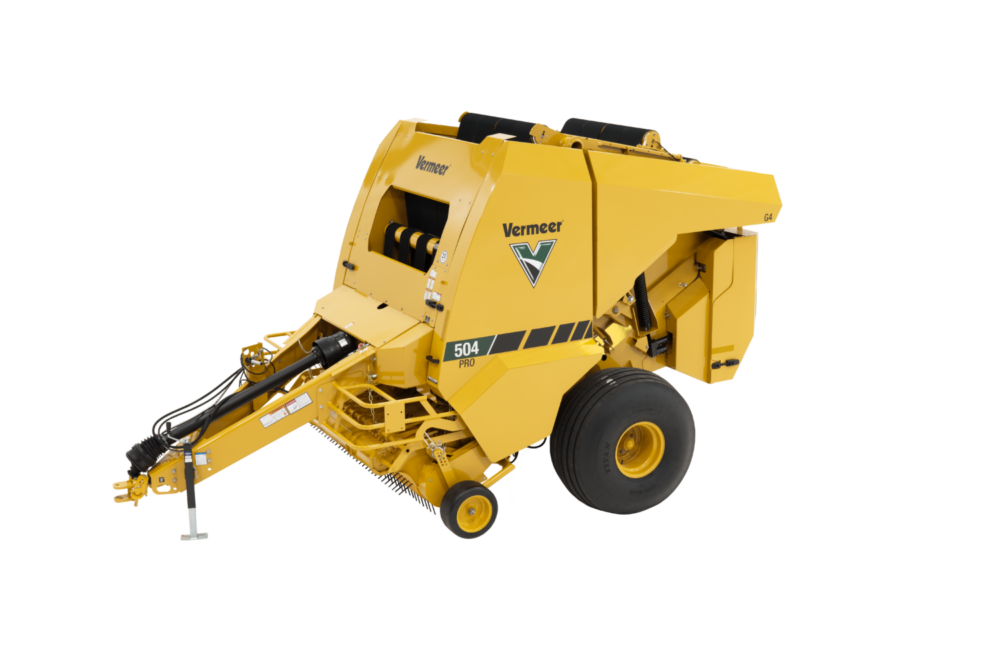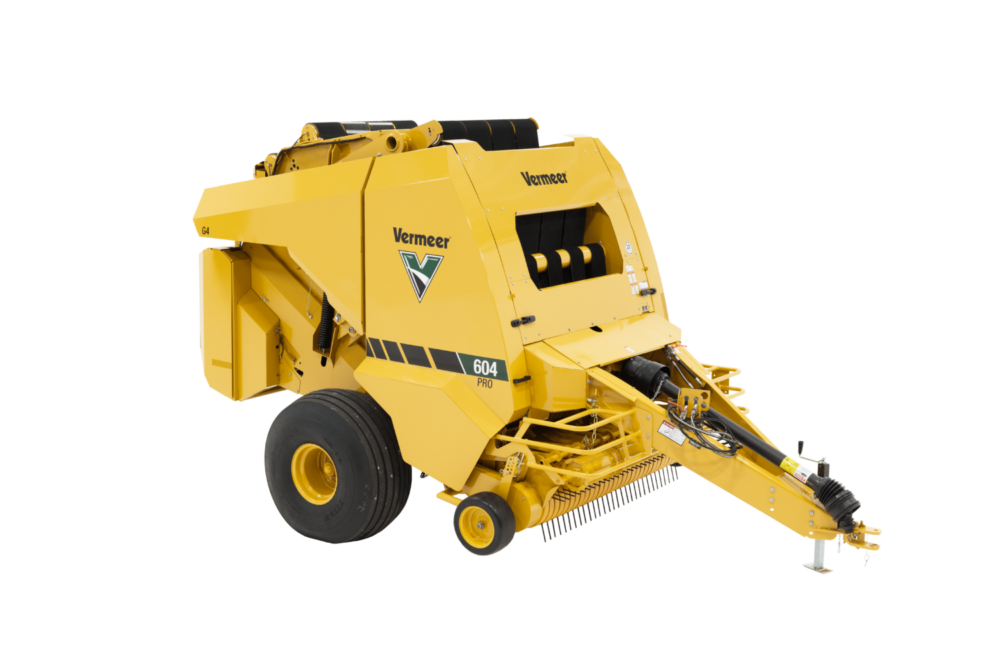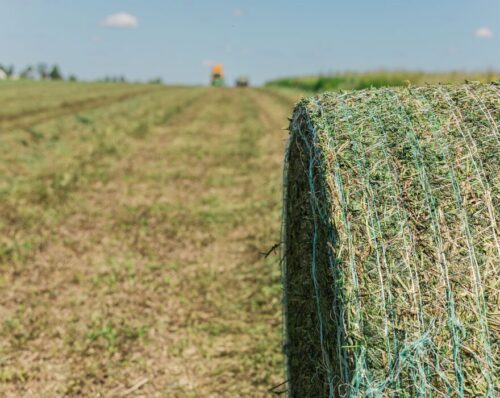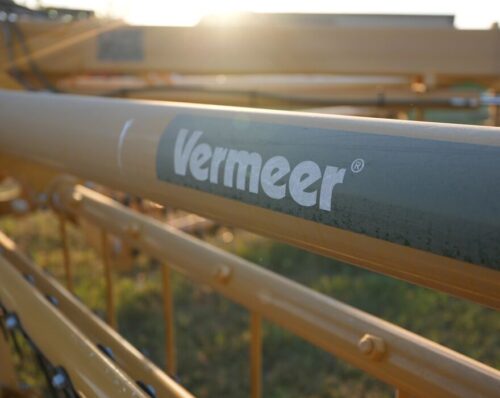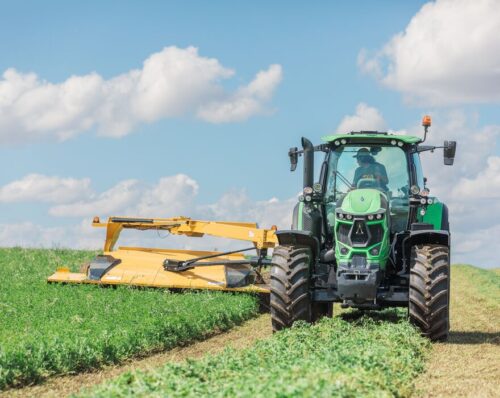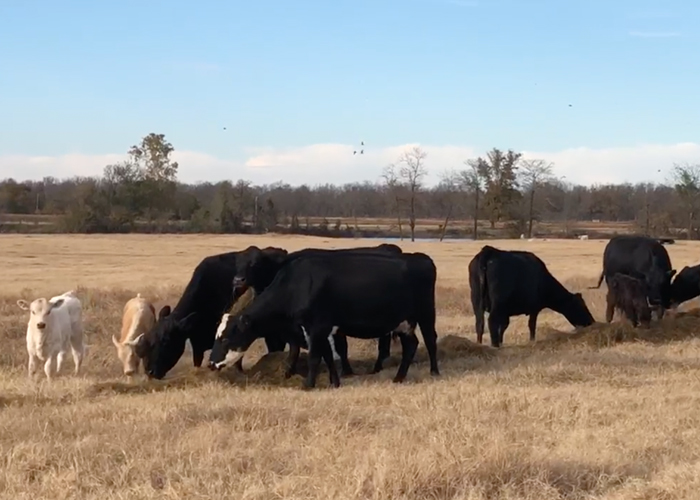
Silage of the South
January 2019
Fill feed supply gaps with summer annual baled silage.
It’s every rancher’s job to provide a consistent, quality feed supply to his or her cattle.
For some producers, that can become a challenge when Mother Nature doesn’t cooperate. Adjusting a conventional strategy of grazing and feeding dry hay to incorporate baled silage is a way to shore up available forage gaps when weather impedes hay growth and production.
Ranchers in southern states have several summer annual crop options to produce baled silage, and the right choice depends on which one best supplements perennial grasses and forages that are either grazed or fed as dry hay.
Perennial grasses are often not in ample supply for year-round feeding, so they need to be supplemented with another feedstock. In pasture and grazing systems, summer annual baled silage can make up for a lack of perennial forage to sustain a herd year-round, according to a report from Drs. Don Dorsett and Billy Warrick, retired Texas A&M AgriLife Research and Extension Center agronomists.
“Summer annual forages are used to provide a plentiful supply of high-quality forage for grazing in mid-summer when perennial grasses are often relatively low in yield and/or quality. They are also used to provide hay, silage and green-chop,” said Dorsett and Warrick. “Summer annuals can provide the quantity of forage at a time when it often cannot be supplied any other way. They therefore can serve as a useful part of the total forage program. Summer annuals can be used to supplement permanent pastures, and enable better management of perennial pastures and rangelands.”
The problem
Regions like the southeastern U.S. present specific weather challenges to producing dry hay. When haying season begins in the spring, rainfall is common, and it typically falls frequently enough that time doesn’t allow producers to cut, rake and bale dry hay without it getting wet in the process. So the timing for the whole process usually depends on the weather, and it’s often difficult to bale enough high-quality dry hay to adequately supplement grazing perennial pasture grasses in mid-summer. 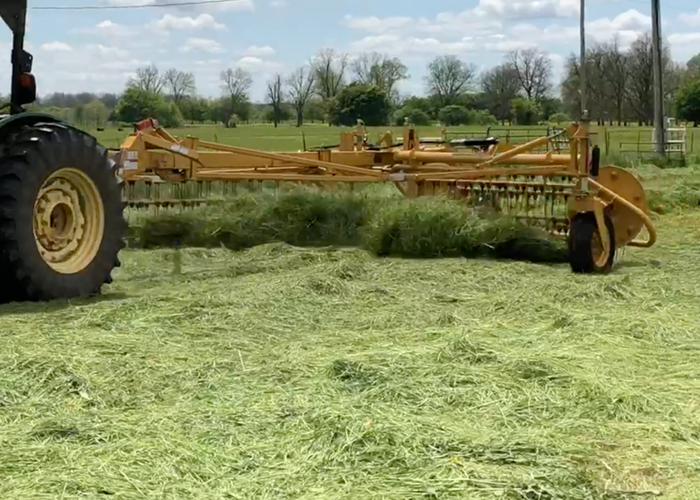
If a rain-free four- or five-day window opens, it’s important producers take advantage of the opening to make hay, whereas if rain is in the forecast, many will hold out until it dries up. In other words, the process depends not on the optimal harvest window, but when the weather cooperates.
That strategy was creating problems for Steve Douglas. The cattleman whose operation sits near Foreman, Arkansas, just northwest of Texarkana on the Texas-Arkansas state border, was having difficulty getting his Bermudagrass cut and baled at the optimal times without rain falling and ultimately costing him hay quality.
“Traditionally, hay will be out there one to three days before it is ready to bale and store. Bermudagrass is our summer forage, but it doesn’t really grow a lot until the temperatures get pretty hot,” Douglas said. “For many years, I’d have all this beautiful grass to bale only to watch it lay in the field and rot because we never had the right weather to get it cut, dried and baled.”
The solution
Grazing is always “the best option” for Douglas, but it’s only feasible part of the year. And with so much variability in his ability to put up dry hay, he’s turned to summer annual baled silage as a way to meet his herd’s feed needs for the portion of the year when neither grass nor baled hay is readily available. It helps him do his job: to provide consistent, quality feed to his 450 cows and backgrounding calves, the majority of which he eventually places to be fed out in a feedyard in Ashland, Kansas.
“I think baled silage is especially good for areas that get a lot of rain like we do. You really widen that window when you can put up hay. You can get started earlier in the spring when it’s not hot enough to put up dry hay,” Douglas said. “In the summer when we go in to cut a dry hay meadow, we’re there from the day we cut to when it’s baled, usually a whole week. Bale silage is a one-day process — cutting it, baling it and wrapping it, all in the same day.”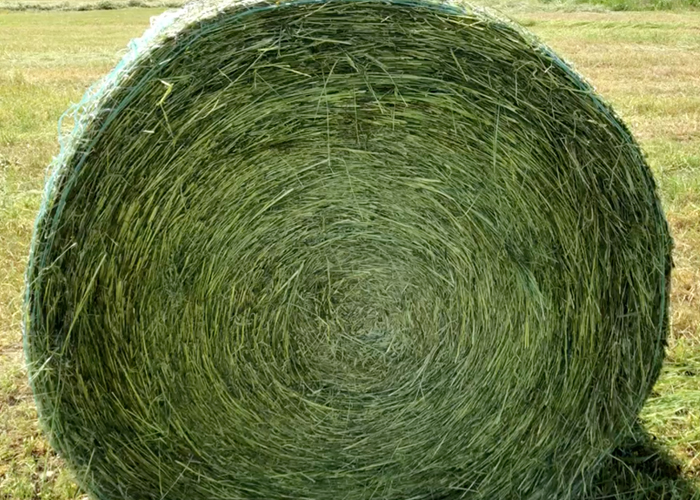
Douglas uses a mixture of winter annual — ryegrass, oats, wheat and triticale — for his baled silage. The polyculture is usually ready for a first cutting around April 1, and he begins cutting, baling and storing so he has a feed source during the fall and winter, when grazing his perennial Bermudagrass won’t support his herd. He allows at least 60 days for the wrapped bales to ensile, a key component to the success of his strategy.
“The cows really like it and it’s good for them. It has a higher nutritional value than the typical dry hay in this part of the world,” Douglas said. “It has a really unique smell to it. I unwind the bales instead of putting them in a ring. I think it’s better when it’s all out on the ground.”
Summer annual options
How much summer annual baled silage do you want to produce? What will work best with your existing perennial pasture grass? These are major questions to ask yourself when determining which type of summer annual will be the best choice for your operation, according to Dorsett and Warrick. “Selection of a hybrid or variety to be grown should be based on adaptation, yield potential and how it will fit a particular farm or livestock enterprise,” the agronomists said.
Here are a few common annuals for baled silage production, according to Dorsett and Warrick:
- Sorghum. There are many varieties from which to choose, with some best-suited to baled silage production alongside sudan grass hybrids and sudan-johnsongrass mixes. Sorghum varieties also vary widely in the number of cuttings yielded each year.
- Sudangrass. Originally introduced more than 100 years ago as a pasture grass, sudangrass is often hybridized with sorghum, and hybrids typically grow faster than conventional varieties. Sudangrass has a variety of uses, and is strong as a bale silage feedstock. After the plant’s boot stage, increased tonnage usually comprises stems rather than leaves.
- Forage sorghum. Range widely in plant height and tonnage. When harvested late in the year, yield high levels of total digestible nutrients, especially when ensiled. Baled silage has high protein content and lower energy value.
- Grain sorghum hybrids. While corn can be thought of as the best feedstock for silage, grain sorghum hybrids are growing in popularity primarily because of their high energy contents. Grain sorghum hybrids provide the second-highest energy levels among all common silage feedstocks.
- Millet. Similar to sudangrass, millet performs well in sandy soils but doesn’t have the yield potential of sudan hybrids. It is safe for grazing and ensiling, and will see the highest total digestible nutrients around boot stage.
- Corn. Yield is much lower than sorghum silage, but quality is much higher. Irrigation can help producers improve yield without sacrificing quality.
- Legumes. Leaf retention at harvest is often the biggest worry with using legumes as a silage feedstock. Yields are lower than most other summer annual options, but many legumes — like peanuts and soybeans — are raised for more than one purpose.
The mechanics of producing haylage
Douglas said he can cut, bale and wrap around 100 bales of baled silage per day. It is more labor-intensive than simply grazing cattle on perennial pasture grass, but Douglas said the process is much more efficient from time and labor standpoints than baling dry hay, given the weather challenges he would face in that process. 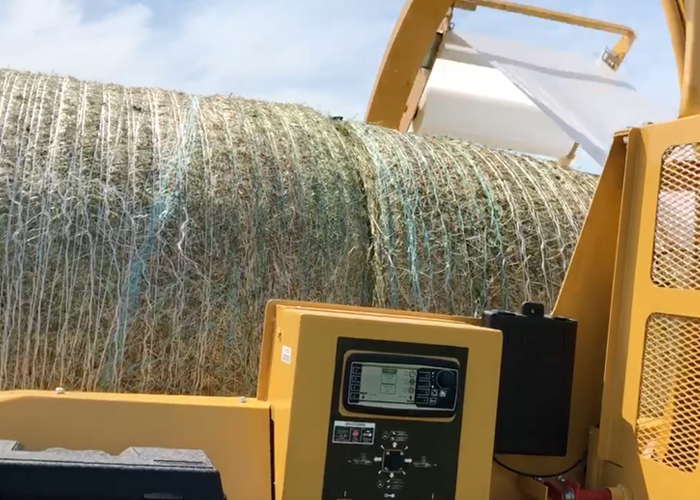
“Baled silage is especially good for ranchers in areas like mine, where we get a lot of rain. We can really widen the window when we are putting up hay, and because we can get started earlier in the spring, it lets us do it in smaller batches,” he said.
The right equipment helps, too. Though he’s just in his first year of producing baled silage, Douglas said he’s found the process efficient to manage with a Vermeer 504 Pro baler, R2300 twin rake and BW5500 inline bale wrapper, a suite of tools that has helped him better manage the increased weight and density of his summer annual baled silage.
“When I bought the 504 Pro baler, the R2300 twin rake and the BW5500 inline bale wrapper, I found we were able to handle this wetter, heavier stuff much better,” Douglas said. “We’re able to now work better with Mother Nature without being so dependent on her.”
The efficiency created by both the process of producing baled silage and the tools he’s employed to do so are already starting to have a positive effect on his ranch in general.
“We may not have to devote as many acres to hay because we can do a better job with it earlier in the spring,” Douglas said. “Now, we might have more than half of our hay needs met for the following year by the end of spring.”
Want to learn more about producing baled silage on your operation? Contact your local Vermeer dealer to find out what machinery you need to make it happen.

